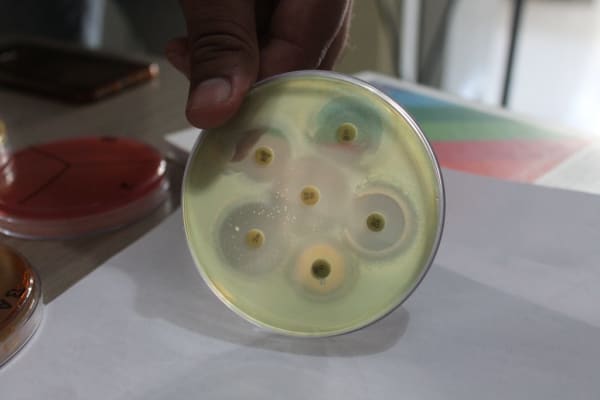
Design’s Role in Social Challenges in The Global South: Resituating Service Design Approaches in Addressing Antimicrobial Resistance in India
This research seeks to better understand how Service Design can be positioned within theories around design for social change. To contextualise this inquiry, the research will look closely at Service Design contribution to antimicrobial resistance (AMR) in India. AMR is when harmful bacteria no longer responds to antibiotics (O’Neill et al., 2015), and fragmented infrastructures in low resource settings, such as India, become hotspots for AMR (Ganesh Kumar et al., 2013). As a social issue that is entwined within local knowledge and belief systems (Chandler et al., 2016) affecting humans, animals and the environment, AMR in India presents an appropriate context to study how SD methods have been used to address a complex challenge in the Global South.
The main research question asks:
What ongoing role does SD play within social challenges in the GS?
The research will be guided by four sub-questions.
Yan and Sung (2016) note how SD facilitates the co-creation of value in social innovation within resource limited settings, through motivating multiple stakeholders to iteratively co-create solutions (Yang & Sung, 2016). The first sub-question sheds further light on exactly what SD methods have been used and in what contexts:
1. How are SD methods used within societal challenges within the GS?
In a world built on universality rather than “time, place and nature” (Escobar, 2018) this research examines how SD’s place-based and participatory methods (Prendiville, 2015) take into account the local “intangible socio-cultural” (Lopes & Gill, 2015) natures of a situation. The second sub-question asks:
2. How might service design encourage different ways of understanding complex issues, by directly engaging with users?
This research will also take a critical lens to interrogate how SD is used in the GS. SD is shaped around ‘design thinking’ models considered universal, yet stem from Western design principles (Akama et al., 2019). The third-sub question reflects on the suitability of Eurocentric tools when addressing problems faced in the GS:
3. What are the benefits and shortcomings of current SD methods when used in the GS as means of addressing social challenges?
Through understanding the strengths and weaknesses in SD methods, this research investigates opportunities for adapting SD approaches to be more culturally sensitive in responding to social challenges in the GS. Exploring the plurality in “respectful, reciprocal, and relational” co-design (Akama et al., 2019), the fourth sub-question asks:
4. How might service design methods be reconsidered to be continuously more responsive to the cultural and local needs of the GS?
This study hopes to contribute to the call for SD to be “more situated, embedded, and context aware” (Sangiorgi & Junginger, 2015), positioning SD as a credible approach in addressing societal challenges in the GS.
To report inappropriate content, an infringement of copyright, or to report a problem on the Portfolio platform, please contact the Digital Team
